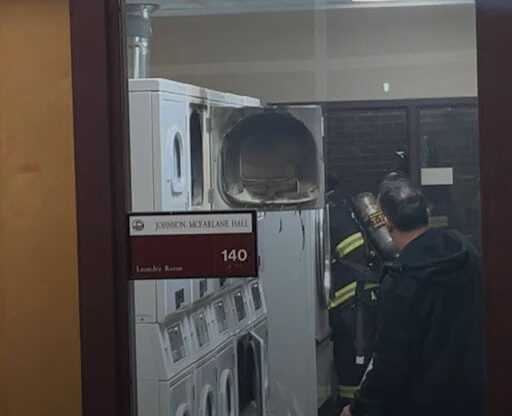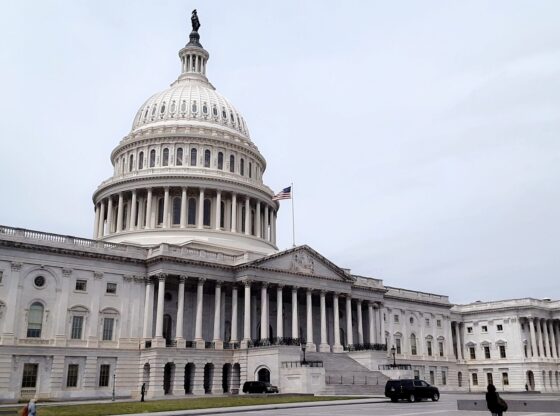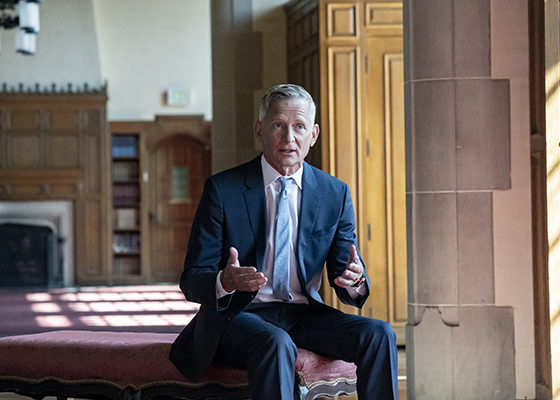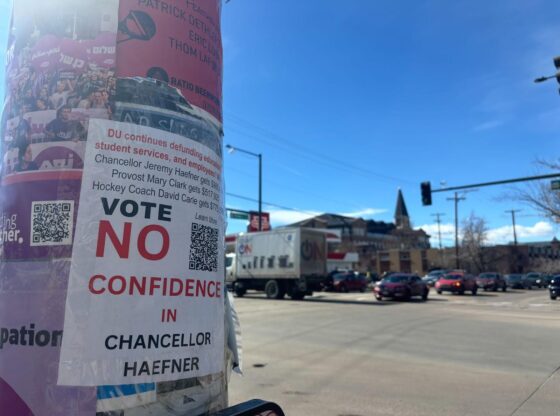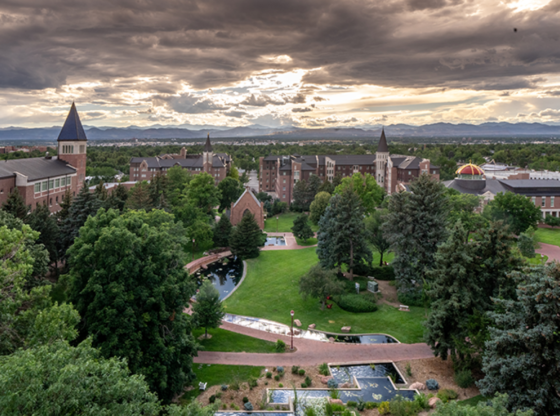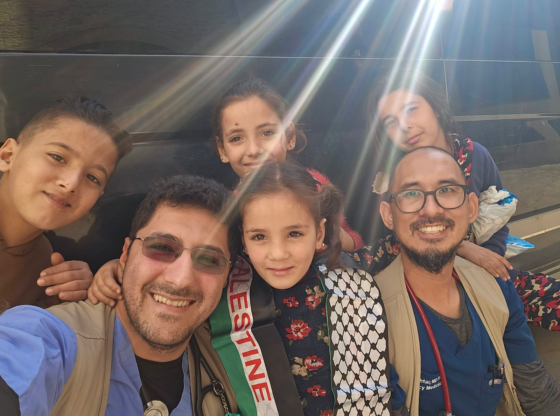What do David Jesse, J.C. Reindl and Michael Adams have in common apart from being members of the press? All three were assaulted by police officers using pepper spray at recent #BLM protests. In the moments leading up to each attack, the reporters held up their press passes and pleaded for their safety. They are not the only journalists to suffer this fate at the hands of law enforcement.
As protests for racial justice surge across America, the number of press members being targeted by police has skyrocketed. Many speculate that the Trump administration push for “military-style crackdowns against protestors” is the reasoning behind the recent arrests and attacks. Others maintain that police are simply trying to do their jobs and disperse crowds during these mass protests. Regardless of what one’s stance may be, there is no denying that there have been blatant instances of officers violating the constitutional and human rights of reporters.
An article published by the California Health Care Foundation on June 15 states that “The US Press Freedom Tracker has documented over 400 press freedom incidents at protests between May 26 and June 10, including at least 58 arrests, 54 physical attacks by police, and 52 tear gassings.” This statistic is abhorrent.
A Washington Post article published on May 31 includes several detailed accounts of police brutality against journalists, including Michael Adams.
According to Adams, he “shouted nearly a dozen times” that he was a member of the press as Minneapolis police ordered people to leave the scene of a protest. One officer simply said “I don’t care,” made him lay on the ground and then pepper-sprayed him as he lay defenseless holding up his press badge.
This is a direct violation of the first amendment that protects freedom of the press, and many would argue a human rights violation since this public servant imposed both physical and psychological damage on an undeserving civilian. Many of these attacks seem to be intentional, and the officers responsible should not be excused of them.
According to an MPR news article, a freelance photographer named Linda Tirado was blinded in her left eye by a foam bullet while covering the protests in Minneapolis on May 29. It is easy to guess who pulled the trigger. Not only was she wearing a press badge around her neck, but she had safety goggles the bullet still managed to penetrate.
The spokesperson for Minneapolis police stated that the officer may have fired a marking round. A marking round is meant to identify a target by leaving a bright mark on the site of impact. This is proof that the shooting was intentional. Now, Tirado will never see out of her left eye again.
These brutal assaults violated both the first amendment and each reporter’s human rights based on discrimination of status. This behavior is unacceptable, and there is no doubt that each officer involved should be prosecuted to the fullest extent of the law.
It is important to note that these attacks have not been limited to journalists. The brunt of police brutality has been directed at the Black community, not only during these protests but the hundreds of years predating them.
By and large, journalists who are white or white-passing attend and cover the protests to fulfill the responsibilities of their profession. They are free to move in and out of environments where they are seen as an enemy of the police as they please. This is a privilege. For many people of color, even after being barraged by pepper spray or rubber bullets, it is simply not an option to retreat. The Black community fights for their very existence at these protests, and it is a fight that is far from over.
One can hope that coalition building will occur between journalists and BIPOC, as members of the press have the opportunity to use their experiences as further proof of the police’s abuse of power.



